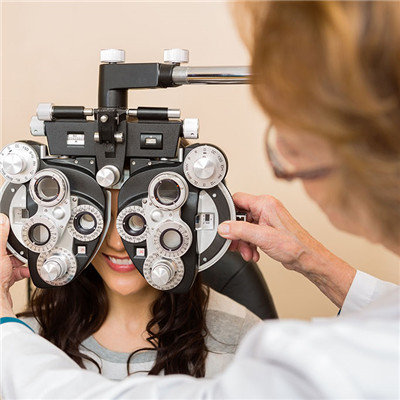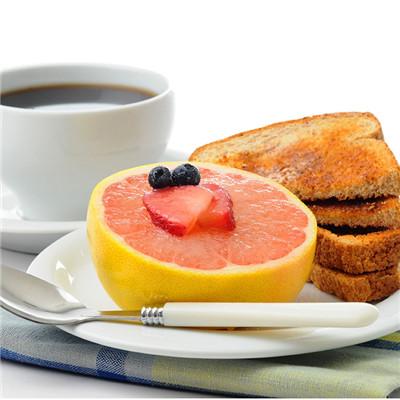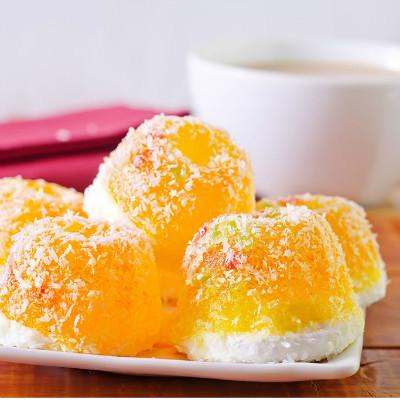Diet after chemotherapy
summary
The diet of patients during and after chemotherapy is also an important issue in nursing. It is generally believed that they need to eat easily digestible and nutritious food. The principle is "three high and one low". "Three high" means high protein, high calorie and high vitamin, and "one low" means low fat.
Diet after chemotherapy
The principle of diet cancer patients receive radiotherapy or chemotherapy, which will have a certain impact on the body, such as leukopenia, thrombocytopenia, loss of appetite, nausea, vomiting and other reactions. At this time need to supplement nutrition, and enhance the body's resistance, and the main source of nutrition is protein and a variety of nutrients in the diet.
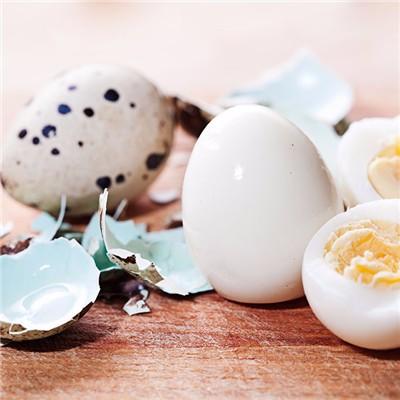
Protein: this kind of food has beans and beans, meat, hard fruit, peanut butter, the source of protein, but also contains vitamins and iron. Among the four kinds of food, two protein foods are needed every day. Each serving: 1 cup (200ml) boiled beans or 2 eggs, or 60-120g meat, poultry or fish, or 60ml butter peanut butter. Milk is also a source of protein, vitamins and minerals, including all dairy products. Two dairy products per day are required. Each dairy product contains: 100ml condensed milk or 200ml milk, or equivalent ice cream.
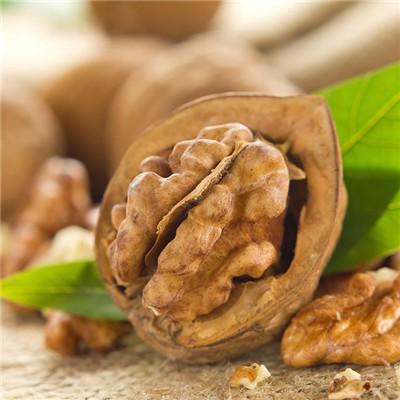
Vegetables and fruits: including all fruits and vegetables, juice and thousand fruits. This kind of food can provide vitamins and minerals for human body. It is required to have 4 servings of vegetables and fruits every day. One of them is citrus fruit rich in vitamin C, and one is dark green or dark yellow vegetable rich in vitamin A. Each serving: 1 medium-sized fresh fruit, or 100 ml fruit juice, or half a bowl of vegetables.
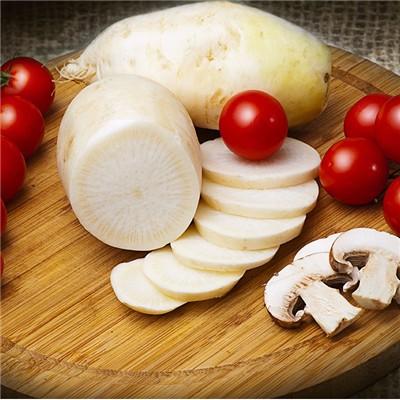
matters needing attention
What should cancer patients pay attention to after chemotherapy? 1. Myelosuppression, leucopenia. In diet, we can start with Invigorating the spleen, replenishing qi and blood, and tonifying the kidney. We should eat more yam, lentils, longan meat, jujube, peanut kernel, black fungus, pig liver, glutinous rice turtle, pig bone, cow bone, sheep bone, etc. 2. Heart damage, manifested as arrhythmia, myocardial ischemia and chronic cardiomyopathy, patients often feel chest tightness, palpitation, fatigue, etc. It is suitable to replenish qi, nourish yin, widen chest and regulate qi, activate blood circulation and remove blood stasis. It can eat pueraria powder, jujube, lily, medlar, orange, hawthorn and Ophiopogon japonicus. 3. The adverse reactions of digestive tract and oral cavity are nausea and vomiting, loss of appetite, thick and greasy tongue coating. Therefore, ginger, citrus, tangerine peel, white radish, hawthorn, coix seed, white lentils, Chinese yam, jujube, milk and honey should be taken as the principle to regulate qi and stomach, remove dampness and stop vomiting. 4. Liver damage, such as elevated transaminase and jaundice index, dull pain and discomfort in liver area, abdominal distension and loss of appetite. It is better to use the food with the function of clearing away dampness and heat, soothing liver and promoting gallbladder to reduce liver damage, such as adzuki bean, watermelon skin, medlar, chrysanthemum, water chestnut, hawthorn, turtle, wax gourd, Luffa, tomato, celery, etc.
